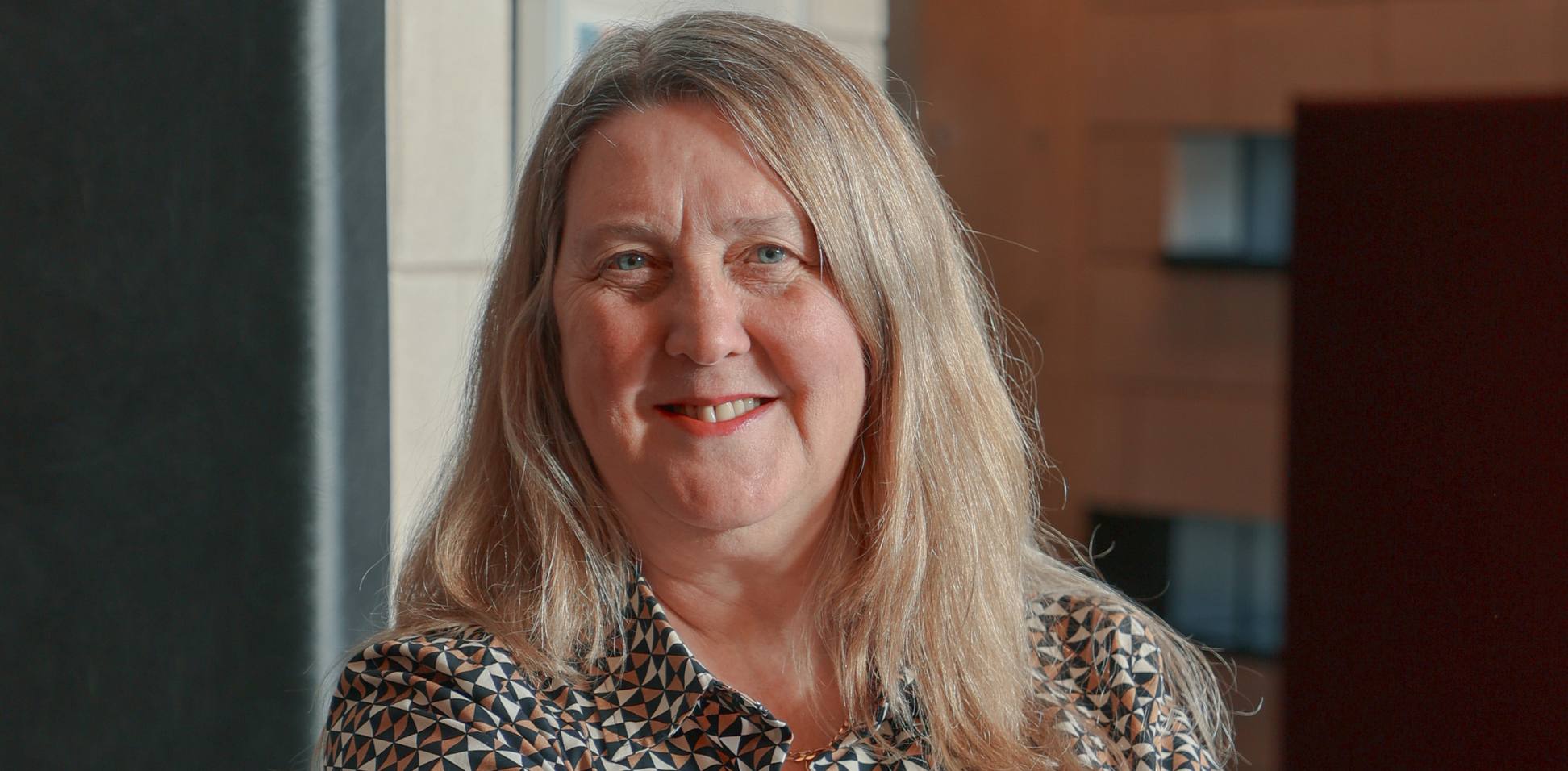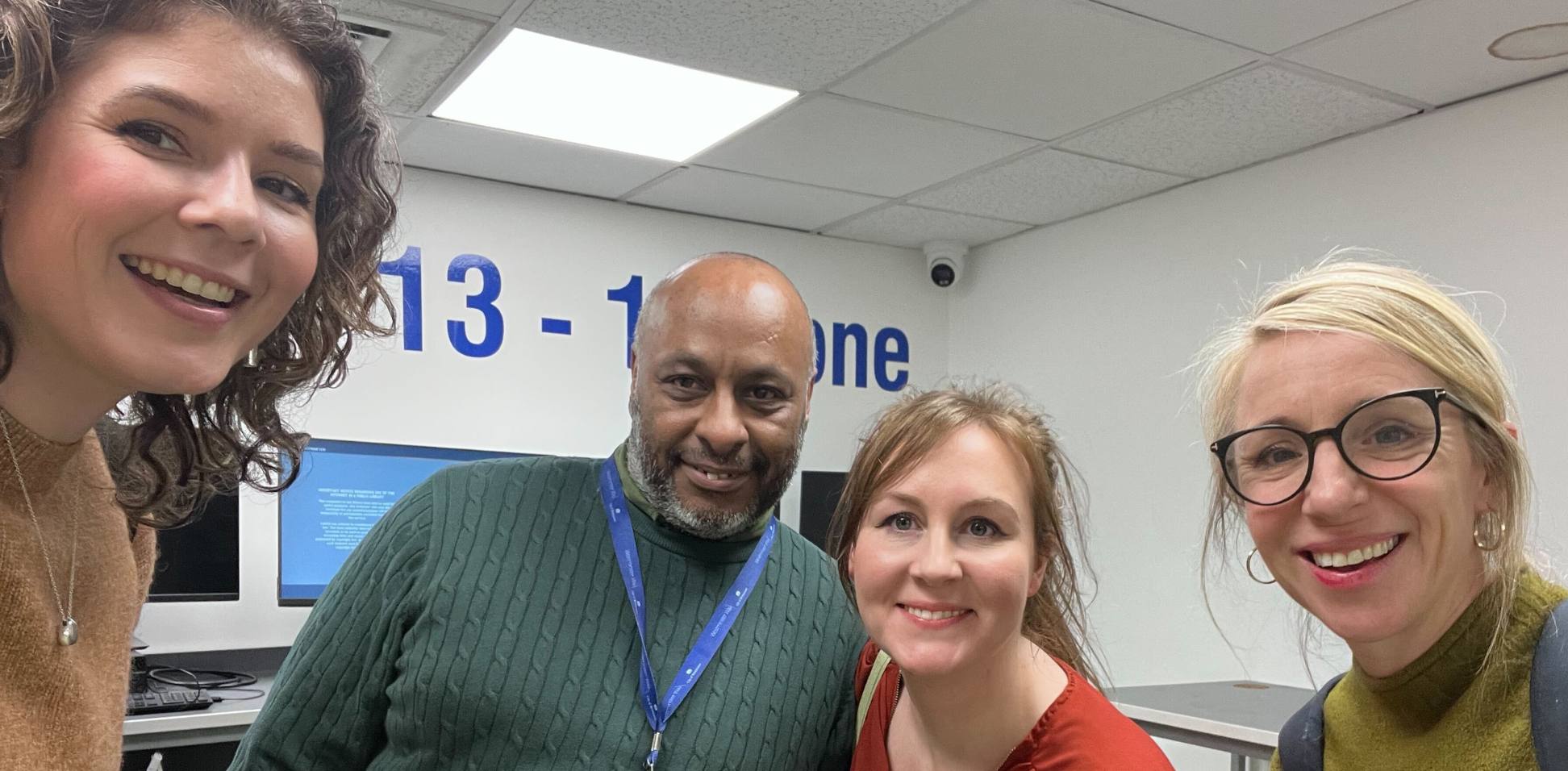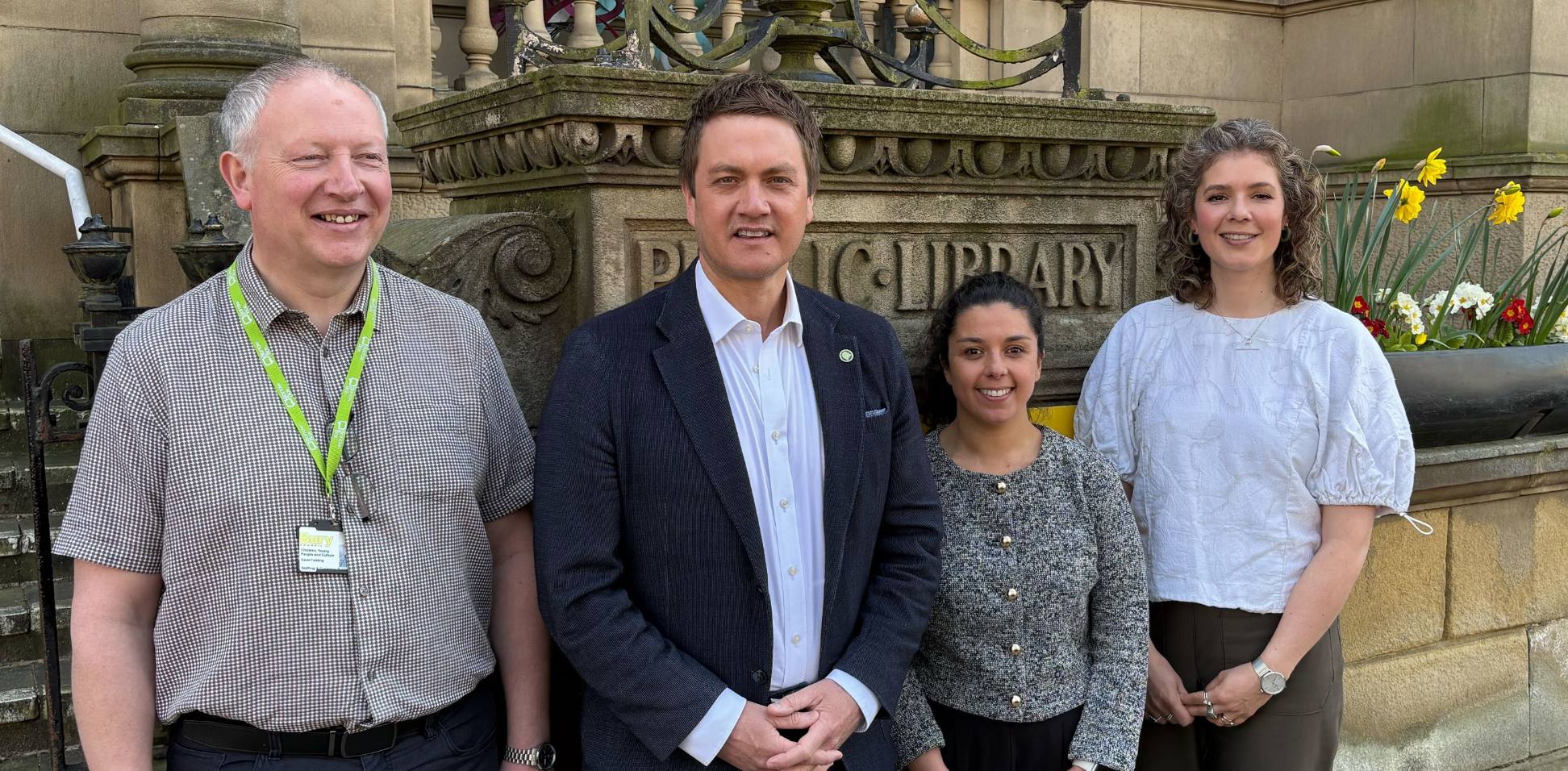Community-based digital inclusion: The solution on your doorstep
The National Digital Inclusion Network is the lifeblood of hyperlocal digital inclusion support. Advocacy Manager, Hannah Whelan, explores this solution with two digital inclusion hubs.
What is a digital inclusion hub?
Picture a digital inclusion hub. Perhaps it’s a busy local library. A visitor might be struggling to use the self-service terminals to check-out books, or need support to get online in the computer suite. Perhaps the hub is a local community centre where someone might need help accessing essential Government services or booking a GP appointment.
These are real life challenges people who are digitally excluded face everyday. It’s also the reality for staff and volunteers working digital inclusion hubs. For many hubs, it’s a constant balancing act: they are trying to help their communities, whilst catching-up with our ever-evolving digitally-transforming society, learning how to do the tasks online themselves.
So, when they’re faced with the pressure to respond to hefty questions posed by the Government about their Digital Inclusion Action Plan, they might just not have the time to give feedback. Sadly, often those that need to respond to Governmental Calls for Evidence, like this, are the ones less able to.
Voices from the National Digital Inclusion Network
As the organisation behind the National Digital Inclusion Network, we needed to amplify the voices of all these organisations and ensure that they were heard by the Government. So, we set about working with hubs to submit a specific response that reflected their views on the Department for Science, Innovation, and Technology’s (DSIT) Digital Inclusion Action Plan.
Hayley, of Ambassador Hub Learn For Life, explained the Action Plan was an:
“Ideal opportunity for the Government to support local hubs so they can enhance their offer, and reach those most excluded.”
She said hubs:
“Understand how digital inclusion is essential for the people we meet on a daily basis to function, survive and to progress in all aspects of their lives.”
Since its launch in February, we have held a series of webinars to discuss DSIT’s Plan and heard from Network representatives as the experts in community-based delivery. We helped summarise their response, hit submit, and continue banging the drum for hyperlocal support.
Who is digitally excluded?
In their Call for Evidence response, the National Digital Inclusion Network urged Government to re-examine the population groups they identified to instead focus on:
- Non-native English speakers and those with literacy challenges
- Vulnerable populations such as those experiencing homelessness and seeking refuge
- Families and school-aged children
- Service-providers themselves, such as small charities and community organisations who are providing the local, grassroot digital inclusion support.
What’s more, hubs shared their concerns on the lack of nuance in the population groups. For example, different types of disabilities result in different types of digital exclusion experiences.
Like us, digital inclusion hubs called for an intersectional approach to populations and understanding who the issue impacts. The Government needs to consider the multiple, overlapping disadvantages to create and deliver complex solutions.
Centring local delivery
The Network emphasised that their hyperlocal, trusted relationships make them best-placed to support digitally excluded groups. They encouraged DSIT to acknowledge and replicate successful models exemplified by their community-based support. Examples include Digital Champions, informal learning settings, and outcomes-focused programmes, including those based on employment or health.
On funding, the Network called for DSIT’s Digital Inclusion Innovation Fund to prioritise local community organisations doing the informal yet effective work (such as those hubs involved in Future Digital Inclusion).
Accessibility was also discussed as an area for investment. Ensuring users have screen readers and other equipment, as well as organisations themselves having the resource to provide adaptive training where appropriate.
Partnering for greater impact
Members of the National Digital Inclusion Network encouraged further partnership working; through campaigns to publicise their support, as well as raising awareness of online safety.
Hubs also included suggestions for improved impact assessment, such as tracking usage of digital services, like the NHS App and online banking, and better evaluation of real-world outcomes.
On skills, access, services and confidence
Finally, the Government’s ‘four key pillars’ need to have their objectives and next steps amended.
On skills, hubs called for prioritising informal, life-long learning and digital learning at a younger age.
When tackling data and device poverty, the Network (like us) called
called for action on ‘change moments,’ such as the 2G/3G switch-off. And ensuring ongoing device and software compatibility for those with older kit. They also encouraged improved broadband social tariffs, addressing availability, speed, and eligibility.
Non-digital pathways for digital services and standardised assisted digital support was also included in the Network’s response, and some hubs suggested the Government working with local groups to deliver consistent support to those most in need (a little like our National Network for All idea…).
Hubs felt confidence was built through interest-based learning and informal interactions. As an overshadowed area, members of the Network called for digital confidence to receive greater prioritisation across all four pillars.
Next steps
The Call for Evidence offered a valuable moment for reflection. What’s needed now is further action. The insights shared by members of the National Digital Inclusion Network reinforces what we already know: digital inclusion isn’t just about connectivity and kit, but about relationships, trust, and social support.
Hafsha Dadabhai Shaikh, of Smartlyte - Get Families Talking, said:
“It is the trusted centres and organisations who see and hear the desperation of individuals trying to manage everyday life in an ever-evolving digital landscape.”
She continued:
“From seeing the challenges of trying to manage their finances online, managing health online, to supporting their children’s learning and future aspirations - all of it digital. Many of these communities feel unheard and unseen by local and national governments. This is why it is imperative that centres and organisations are able to represent and share the voices of their communities - and it is only by doing this that we can all be part of the Government's Digital Inclusion Action Plan.”
DSIT must back the people and places already making a difference: the hubs providing the community support that’s fixing the digital divide. The challenge now is ensuring that hubs like those in our Network are recognised, resourced, and empowered to keep delivering, right where they are: on your doorstep.


.jpg)